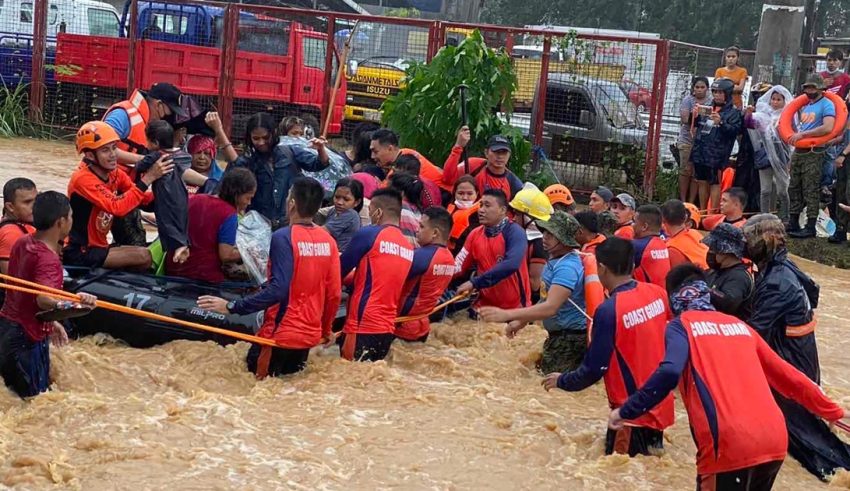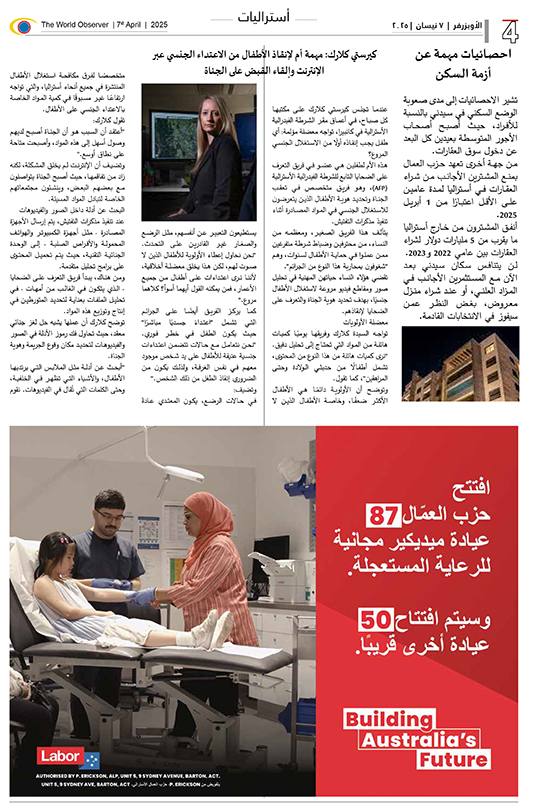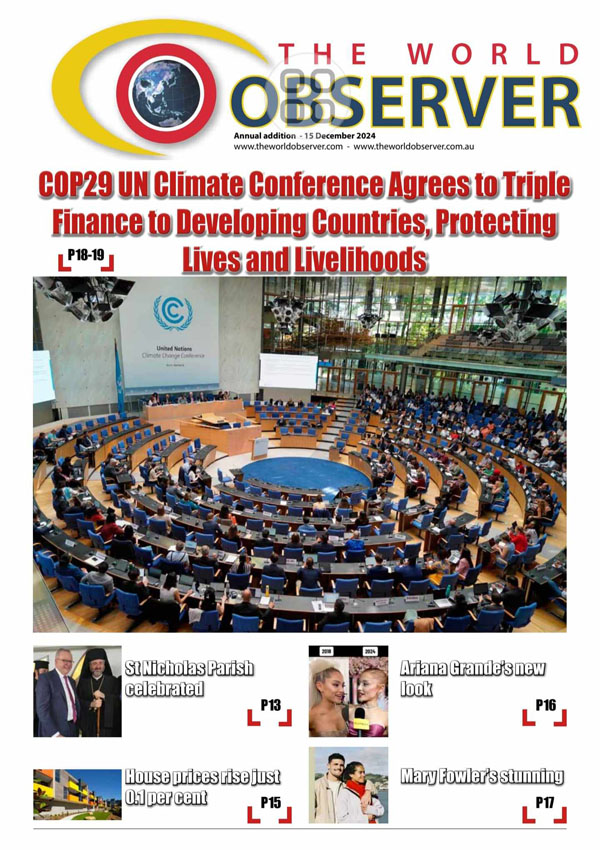
At least 12 people have died in the strongest typhoon to hit the Philippines this year, the disaster agency said on Friday, after the storm swept across the archipelago uprooting trees, toppling power poles and flooding villages.
More than 300,000 people fled their homes and beachfront resorts as Typhoon Rai pummelled the southern and central regions of the country, knocking out communications in some areas and tearing roofs off buildings.
Rai was a super typhoon when it slammed into Siargao Island on Thursday, packing maximum sustained winds of 195 kilometres per hour.
On Friday, wind speeds eased to 150 kph, the state weather forecaster said.
“Siargao island is heavily damaged,” Ricardo Jalad, executive director of the national disaster agency told a briefing.
Mr Jalad said 12 people have been reported killed during the storm, which lashed the popular tourist destination of Palawan island after ravaging the Visayas and the southern island of Mindanao.
“We are seeing people walking in the streets, many of them shell-shocked,” ABS-CBN correspondent Dennis Datu reported from the hard-hit city of Surigao, which is on the northern tip of Mindanao and near Siargao.
Mr Datu said the main roads leading into the coastal city had been cut off by landslides, fallen trees and toppled power poles.
More than 300,000 people had sought emergency shelter as the typhoon charged across the Pacific Ocean and smashed into the country, the agency said. About 18,000 had yet to return home.
“The full picture is only just starting to emerge, but it is clear there is widespread devastation,” said Alberto Bocanegra, head of the International Federation of Red Cross and Red Crescent Societies in the Philippines.
Communications were still down in Siargao, which took the brunt of the storm, and Mr Bocanegra said the organisation had “grave fears” for people there.
Philippine coastguard shared photos on Twitter of damaged roofs and uprooted trees on the island that is popular with surfers and holiday-makers, while aerial footage showed swaths of rice fields under water.
Surigao City Mayor Ernesto Matugas told ABS-CBN that Rai ravaged the city of around 170,000 people for several hours, causing “severe” damage.
“The wind was very strong,” Matugas said.
Officials from the national disaster agency said earlier that initial reports suggested the overall damage was “not that massive” and they were not expecting “many casualties”.
“The damage was not as big as compared to previous typhoons of the same strength,” Casiano Monilla, the deputy administrator for operations, told a briefing.
Scores of flights were cancelled across the country and dozens of ports temporarily closed as the weather bureau warned several-metres-high storm surges could cause “life-threatening flooding” in low-lying coastal areas.
“The devastation is hard to explain,” said Joel Darunday, 37, a tour operator in the central island province of Bohol, who was hunkered down at home with his family when the storm ripped off their roof.
“It was very strong. The last time I experienced something like this was back in the 1980s.”







































 The World Observer Media produces a daily online newspaper, a daily Arabic online newspaper and a monthly printed Arabic/English magazine and a weekly printed Arabic/English newspaper.
The World Observer Media’s mission is to entertain and educate all generation from the Ethnic Communities in Australia, who are interested in local, national and foreign information.
The World Observer Media produces a daily online newspaper, a daily Arabic online newspaper and a monthly printed Arabic/English magazine and a weekly printed Arabic/English newspaper.
The World Observer Media’s mission is to entertain and educate all generation from the Ethnic Communities in Australia, who are interested in local, national and foreign information. 


